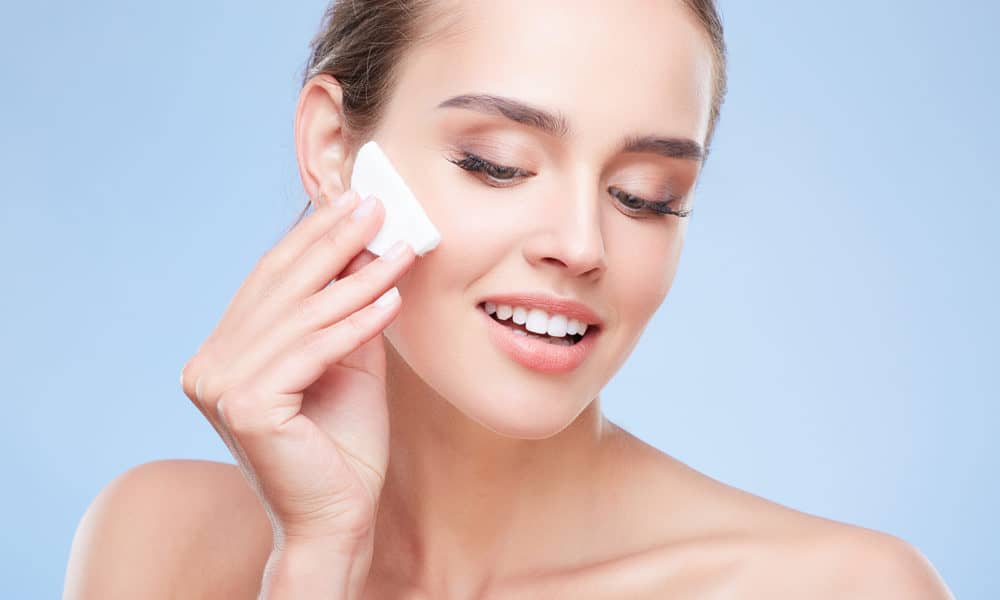

As if acne itself isn’t enough of a pain to deal with, acne scarring is a relentless follow up that makes sure you never forget about your blemishes.
Science shows that choosing the most effective treatment for your skin depends on the type of scarring your acne has left you with. If you are unsure, this picture guide by The Derm Detective will help you figure out what kind you have, and which specific treatment is right for you.
Whichever type you’re dealing with, it will need to be treated if you are hoping for clear skin, as scarring will not clear up on its own. Here are a few of the most popular treatments to help get rid of that nasty reminder of pimples past, as well as some ways to prevent them from happening in the first place.
Prevention
The Basics
To prevent acne, the best course of action is to have a regular skin care routine based on your skin type, eat a healthy diet. Remember to also drink a lot of water – the more, the better!
Treat It Early
Even when following all of these basic guidelines, many find themselves waking up with a pimple problem. It is important to seek treatment for the acne itself to minimize its potential long term impact on your skin, especially if it’s cystic.
Don’t Get Picky
Remember: picking your pimples does not count as treating them, and can make your chances of acne scarring much worse.
UV Protection
The importance of using some form of protection when exposing your skin to the sun is often overlooked. Not doing so can be extremely harmful, and could make your skin susceptible to scarring.
Treatment Options
Chemical Peels
This option is a popular way to treat atrophic (indented) acne scars. There are several types of chemical peels which all have specific benefits, so it is very important to understand your skin type and scarring type before jumping into any treatment. However, once you know what you’re dealing with, the actual procedure is simple and quick enough to be done at home.
It is also offered by dermatologists. While the peel may initially leave some irritation and redness, what you can expect to see is a much more even complexion, and a brighter overall look.
Dermabrasion and Microdermabrasion
Both of these treatments work to exfoliate the skin, however dermabrasion is the much more aggressive of the two. It brings a longer recovery time as the skin will be tender and can remain pink for weeks.
Microdermabrasion is the use of fine particles instead of a harsh tip to exfoliate the skin and remove dead cells, leaving your skin smoother and acne scars less obvious. This treatment will likely require more than one session to attain your desired result due to its milder nature. It also results in much less obvious side effects.
Both are used to treat atrophic (indented) scars.
Corticosteroid Injections
This treatment is done by your dermatologist to reduce the appearance of hypertrophic (raised) scars.
Injecting steroids with anti-inflammatory benefits monthly until you have reached your desired outcome is an effective and fairly low cost way of getting rid of those pesky lumps and bumps that have been hanging around.
Obviously, injections aren’t painless and you will experience some form of discomfort. However the procedure is quick and the results are scientifically proven.
There are various other ways to treat acne scars, so make sure you figure out exactly what type you have before starting any treatments so you can find the most effective option for you.
YOU MIGHT ALSO LIKE:
The Best and Worst Foods for Acne-Prone Skin























